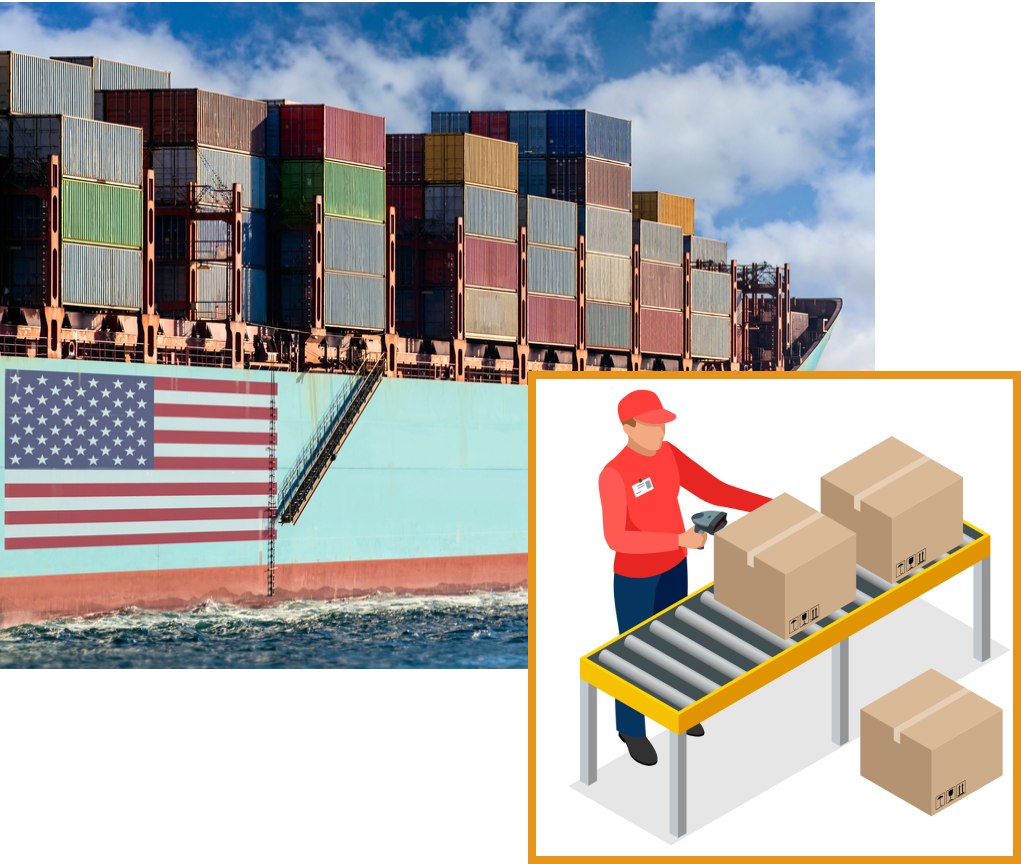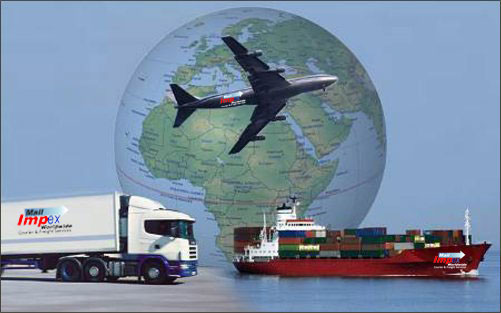Table of Contents
Importing clothing from China to the USA requires careful documentation to ensure customs clearance and compliance with U.S. import regulations. Understanding what documents needed for clothing from China to USA helps avoid costly delays, penalties, and shipment rejections. This guide explains every essential document, transport method, and real-life shipping example to help you import smoothly and efficiently.
What Are the Basic Documents Needed for Clothing Import?
When shipping garments from China to the U.S., several mandatory documents must accompany your shipment. Each plays a vital role in ensuring smooth customs clearance and compliance.
| Document Type | Purpose | Who Prepares It |
|---|---|---|
| Commercial Invoice | Declares value, origin, and HS code | Exporter |
| Packing List | Details quantity, weight, packaging | Exporter |
| Bill of Lading / Air Waybill | Transport contract & cargo receipt | Freight Forwarder |
| Importer Security Filing (ISF) | Required before cargo departure | Importer or Broker |
| Certificate of Origin | Proves the goods’ country of origin | Exporter |
| Customs Bond | Ensures compliance with customs laws | Importer |
Additionally, textile-specific documents such as Fiber Content Declaration and Label Compliance Certificates are necessary for apparel imports.
Why Are Customs Documents So Important?
Customs documents serve as your shipment’s passport, proving that the products comply with trade, safety, and labeling standards. Without them, the shipment may face inspection, demurrage fees, or even rejection.
Moreover, the U.S. Customs and Border Protection (CBP) closely examines textile imports due to strict labeling and anti-dumping laws. Therefore, accuracy in documentation is crucial for efficient customs clearance.
What Are the Specific Textile Compliance Requirements?
Clothing imports fall under strict textile labeling regulations by the Federal Trade Commission (FTC) and CBP. The following documents ensure compliance:
| Requirement | Description |
|---|---|
| Fiber Composition | Clearly state the percentage of cotton, polyester, etc. |
| Country of Origin Label | Must show “Made in China” visibly on garments. |
| Care Instructions | Provide washing, drying, and ironing guidance. |
| RN or CA Number | Identifies the U.S. importer or brand owner. |
These compliance measures not only protect consumers but also maintain the credibility of your clothing brand.
How to Prepare a Complete Import Documentation Package
To ensure no document is missing, importers should maintain a structured checklist.
Complete Documentation Package Includes:
- Commercial Invoice with correct HS code and Incoterms.
- Packing List matching physical goods.
- Bill of Lading or Air Waybill.
- Importer Security Filing (ISF).
- Certificate of Origin and Textile Declaration.
- Insurance Certificate (if applicable).
- U.S. Customs Entry Summary (CBP Form 7501).
Each file should be checked twice for signature and seal accuracy before submission.

Comparison of Shipping Methods for Clothing from China to USA
Different transport modes affect both required documentation and delivery speed.
| Shipping Method | Transit Time | Average Cost/kg | Best For | Documentation |
|---|---|---|---|---|
| Air Freight | 3–7 days | $5–$8 | Urgent or small batches | Invoice, Packing List, Air Waybill |
| Sea Freight (FCL) | 25–35 days | $0.5–$1 | Bulk shipments | B/L, ISF, Certificate of Origin |
| Sea Freight (LCL) | 30–40 days | $1–$2 | Mixed cargo | Consolidated B/L, Invoice |
| Express Courier | 3–5 days | $7–$10 | Samples or light parcels | Air Waybill, Invoice |
In addition, air freight requires quicker document submission due to faster customs cycles.

Real Case Studies: Clothing Shipments from China to USA
Case 1: Shenzhen to Los Angeles (Small Apparel Order)
Goods: 1,000 cotton T-shirts (500 kg)
Mode: Air freight (door-to-door)
Cost: $6.2/kg
Transit Time: 5 days
Documents Used: Invoice, Air Waybill, Certificate of Origin, Label Compliance Certificate
Case 2: Ningbo to New York (Bulk Fashion Garments)
Goods: 1×40’ container, mixed cotton & polyester clothing
Mode: Sea freight (FCL)
Cost: $2,300 total
Transit Time: 32 days
Documents Used: Bill of Lading, Packing List, Textile Declaration, ISF, Customs Bond
How to Avoid Common Documentation Errors
Many importers lose time and money because of minor paperwork issues. Below are key preventive tips:
- Cross-check HS codes to match clothing types accurately.
- Ensure document consistency between invoice, packing list, and B/L.
- Submit ISF on time (at least 24 hours before departure).
- Avoid handwritten corrections, as they may trigger inspection.
- Keep digital copies for recordkeeping and quick access during customs audits.
Proper document management reduces the risk of detention and penalties.
How to Estimate Import Costs and Duties for Clothing
Besides documentation, understanding the overall import cost structure is crucial.
| Cost Element | Description | Estimated Range (USD) |
|---|---|---|
| Product Value | Factory price of clothing | Varies |
| Freight Cost | Air or Sea freight charge | $1,000–$3,000/container |
| Customs Duty | 16.5% on average for apparel | Based on HS Code |
| Insurance | Covers damage/loss risk | 0.3–0.5% of cargo value |
| Import Service Fees | Broker and documentation | $100–$300 |
Moreover, duties vary depending on material type and garment classification. Consulting a professional customs broker helps optimize duty costs.
Conclusion
Understanding what documents needed for clothing from China to USA is vital to ensuring a seamless and cost-effective import process. From invoices and packing lists to textile compliance certificates, each document plays an essential role. Moreover, working with experienced freight forwarders and customs brokers helps prevent mistakes, saving both time and money.
To summarize, proper documentation ensures your clothing arrives legally, on time, and without costly delays—making your import business both compliant and competitive.
Request a Quote
Need a tailored solution for your shipping from China?
Let TJ China Freight Forwarder assist you with reliable, cost-effective service.
FAQ:
Q1.Do I need a textile declaration for every clothing import?
Yes, each shipment must include a textile declaration stating fabric composition and origin to comply with U.S. import regulations.
Q2.What happens if my invoice lacks the HS code?
Customs may delay clearance or apply incorrect duties; always list accurate HS codes on your commercial invoice.
Q3.Can I use digital copies of documents for clearance?
Yes, digital documents are acceptable as long as they are signed and verifiable by both parties.
Q4.How long should I keep import documents?
Importers should retain all shipping and customs records for at least five years for audit and compliance purposes.
Q5.Is a Certificate of Origin mandatory for clothing imports?
It’s strongly recommended to verify tariff preferences and confirm the product’s origin authenticity.

